what is an ev?
Technologically superior.
Cleaner, faster, smarter, cheaper.
Welcome to the future of transport.
Technologically superior.
Cleaner, faster, smarter, cheaper.
Welcome to the future of transport.
‘EV’ stands for electric vehicle. EVs are plug-in vehicles powered at least partly by electricity. This includes battery electric vehicles, (BEVs), plug-in hybrid electric vehicles (PHEVs) and fuel cell electric vehicles (FCEVs). The term ‘EV” doesn’t just cover cars – heavy transport, marine transport, planes, scooters, bicycles and motorcycles can all be powered by electric motors!
EVs are rapidly gaining popularity because they have a myriad of advantages in comparison to internal combustion engine vehicles (ICEVs).

From small hatchbacks and sedans to family-sized SUVs and crossovers, there is an electric vehicle to suit every lifestyle and living environment in New Zealand. With an abundance of models available, and more arriving in New Zealand every month, you are spoilt for choice when it comes to electric cars.
Utes are a crucial vehicle for thousands of New Zealanders, and several electrified versions are set to arrive on our roads in the very near future. Tradesmen, farmers and lifestyle adventurers will soon have access to a more climate-friendly ute driving experience while drastically cutting operating costs.
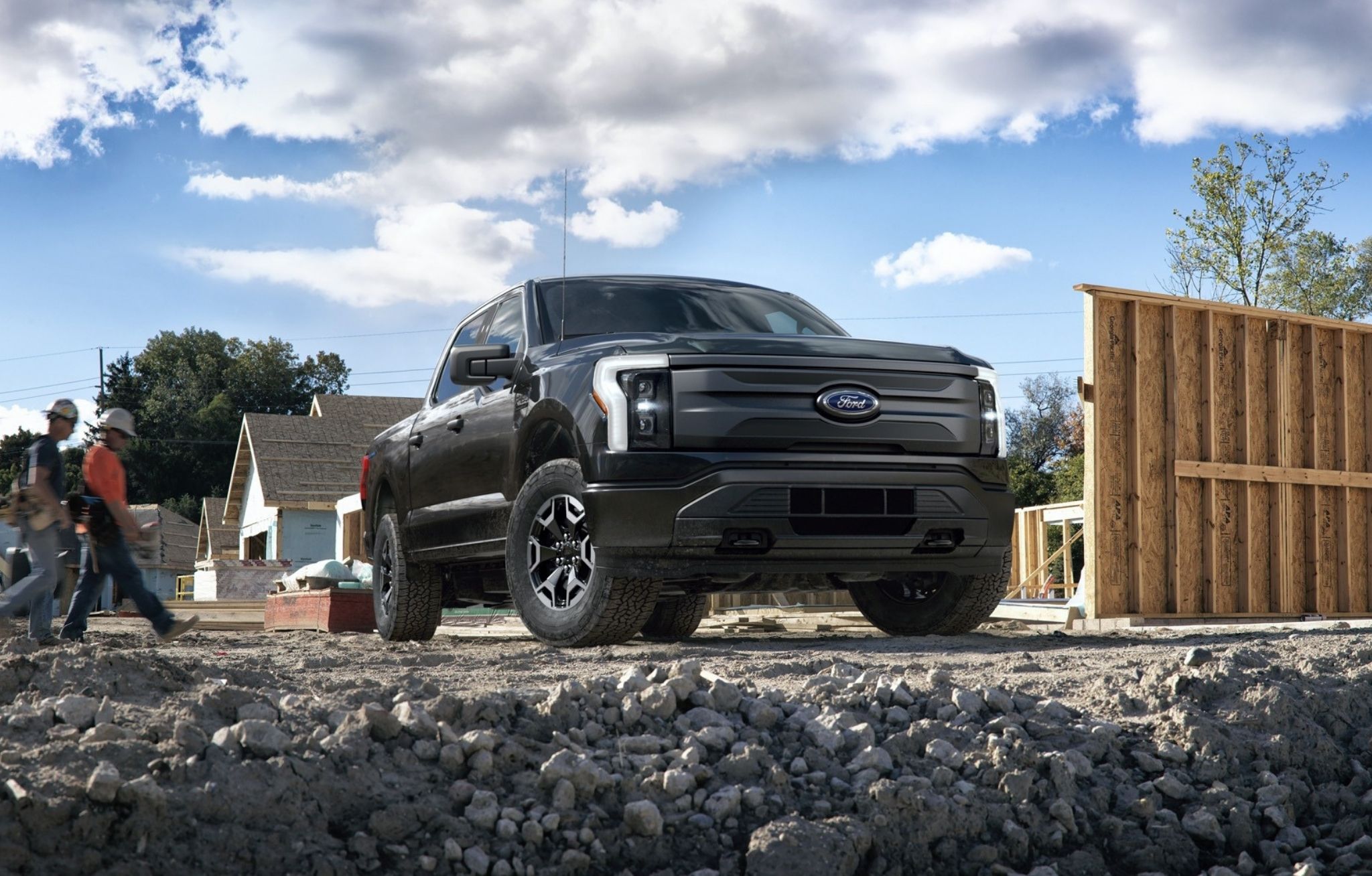

An e-bike is just like a normal bike, but equipped with a battery and motor for extra assistance. Electric bikes have facilitated a mass return of cyclists to New Zealand roads and tracks. They allow you to go further and conquer hills with ease – all while having fun and getting fit.
An e-scooter is a stand-up scooter powered by an electric motor. E-scooter sharing apps have increased the general public awareness of micromobility and driven sales of electric scooters for personal use. There are several different models available to use on ride sharing apps, or to buy in New Zealand.

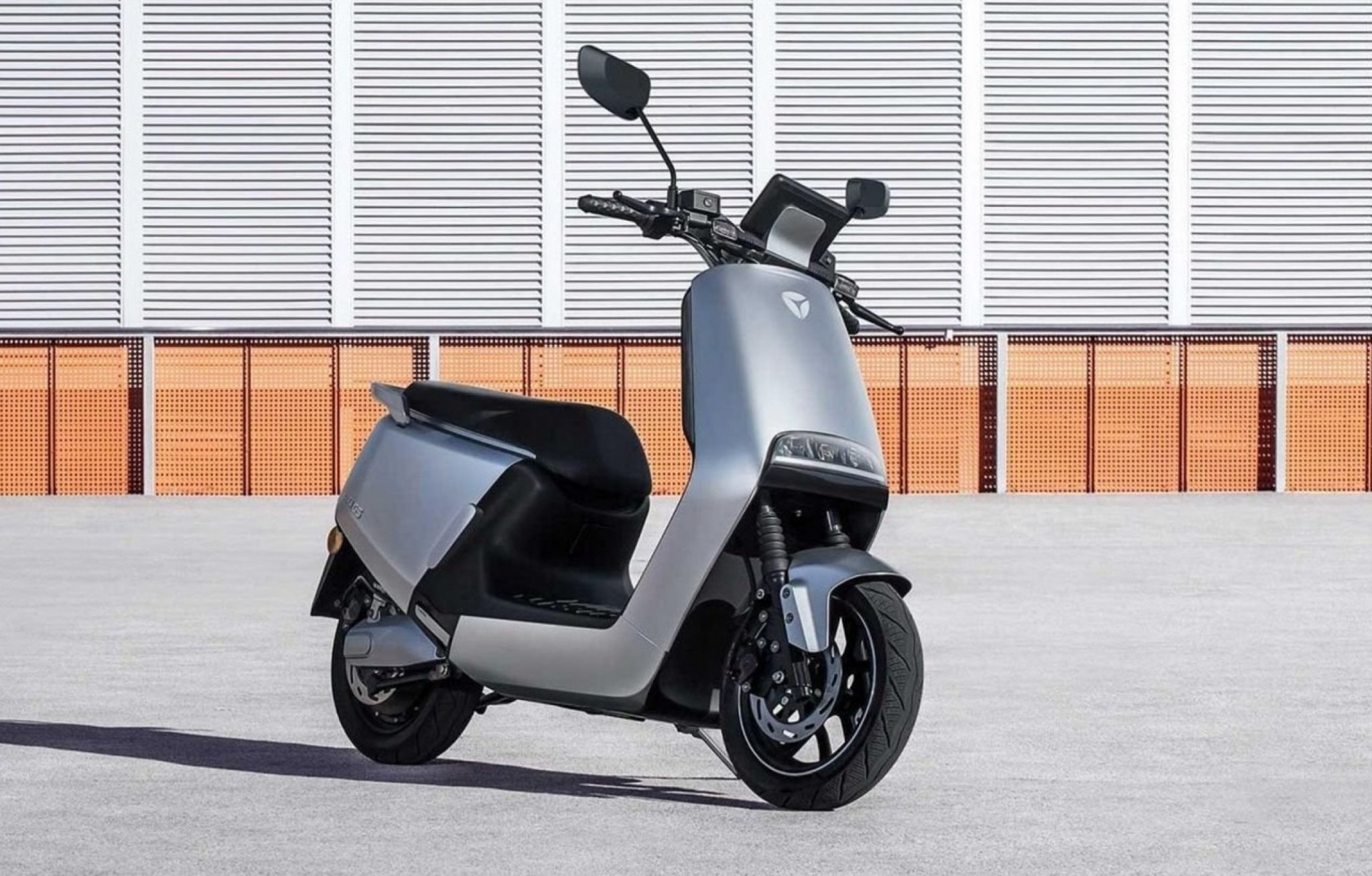
Electric mopeds are plug-in electric vehicles with two wheels and a step-through frame. Mopeds are a convenient commuter option; in New Zealand, mopeds are allowed to use bus and transit lanes, and can be driven with a learners licence. An electric moped reduces the emissions of your commute and around-town mobility, while avoiding the costs, noise and maintenance associated with petrol engines. You can even buy a Kiwi-made e-moped!
Electric motorbikes are fast gaining popularity overseas, and some New Zealand companies have already released their own models. EV motorcycles do not emit the loud noises or vibrations of gas powered bikes. With no clutch or gears, they are also much simpler to ride and maintain. With some models boasting more than 450km ranges, it won’t be long before e-motorbikes become a more popular form of transport.

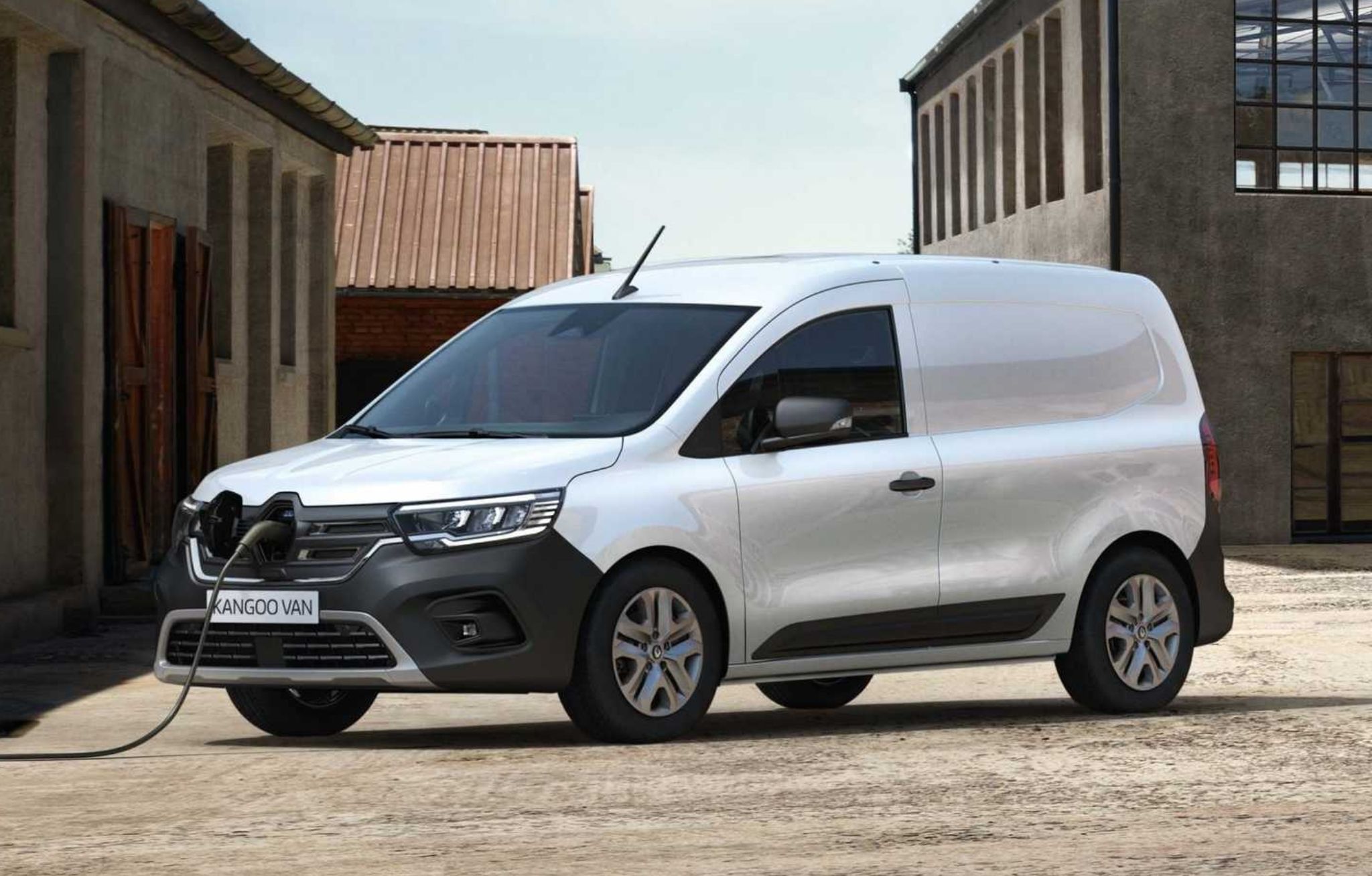
Electric vans are suitable for a wide range of commercial and lifestyle purposes. There are several electric vans available in New Zealand, and new models are set to arrive in 2022 and 2023. If you are a business owner, switching to electric could save you a fortune in running costs and maintenance, while helping to reduce your carbon footprint. E-Vans are easy to lease through Kiwi fleet management companies, and have already been proven economic and practical in the New Zealand context.
Currently, New Zealand’s heavy truck fleet contributes 27% of all transport emissions while only accounting for 7% of total annual travel. Electrifying our heavy transport sector will be crucial in ensuring a cleaner future for NZ.
All-electric big rigs, semi-trucks, box trucks, delivery trucks and waste collection vehicles with impressive battery range are already in production. These EVs will be seen more frequently on New Zealand roads in the next few years. Electric trucks will reduce noise and fumes on our freight routes, and minimise expenses for fleet operators.

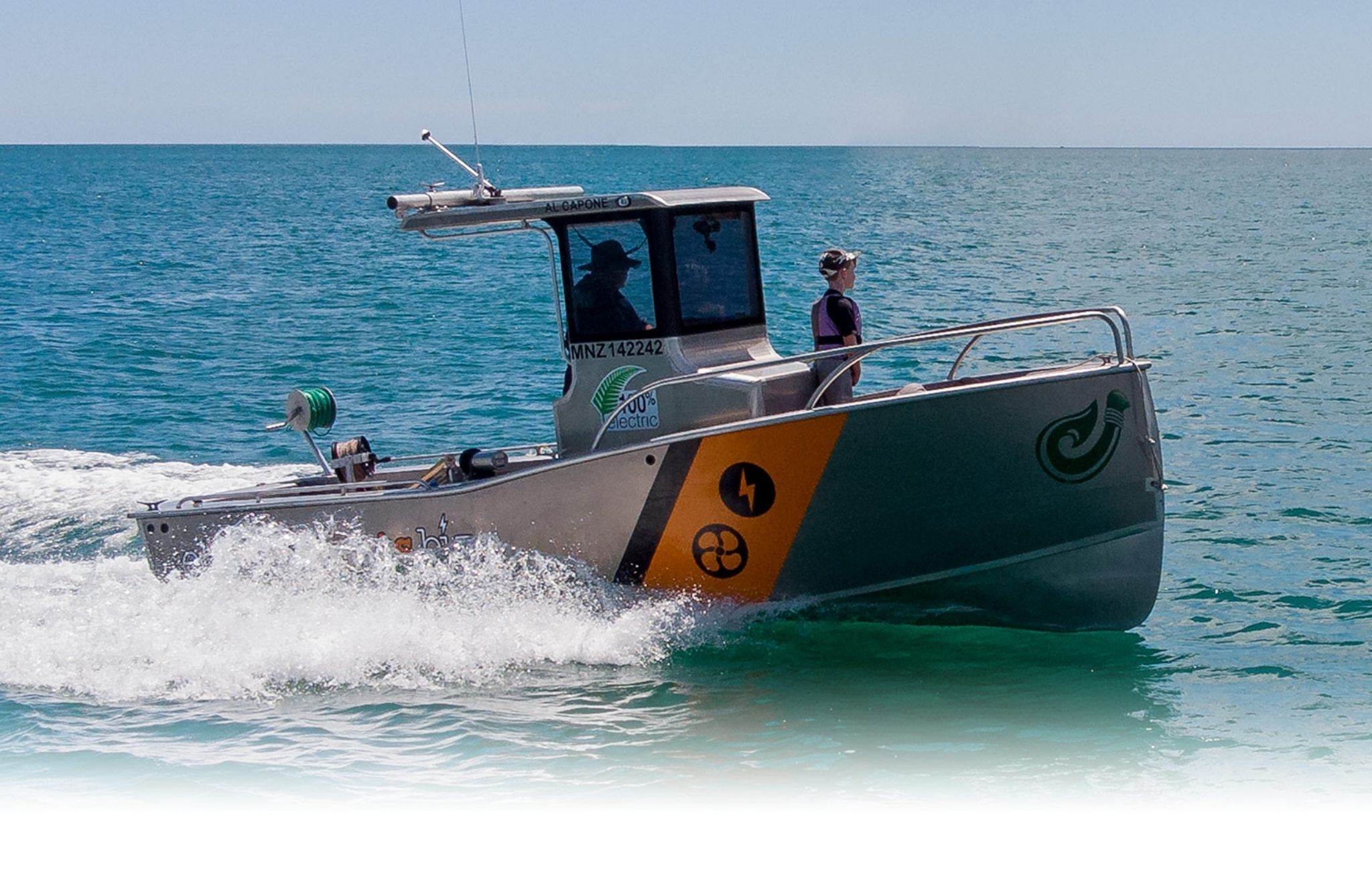
From jetskis and standard hobby boats to luxury yacht, large catamarans and passenger ferries, electric watercraft are being manufactured and purchased in rapidly increasing numbers. EV boats are quieter on the water, accelerate faster than their gas-powered counterparts and require minimal engine maintenance. New Zealand has several companies leading the charge on the water, including Electric Boats NZ and EV Maritime.
Electric and hybrid-electric aircraft have great potential to reduce the environmental impact of the aviation industry. Several types and sizes of electric planes are in development and will soon be widely available for commercial purposes. Global aviation heavyweights such as Airbus have been exploring electric flight for over a decade, and innovative Kiwi startup ElectricAir is making breakthroughs in short-haul flight.
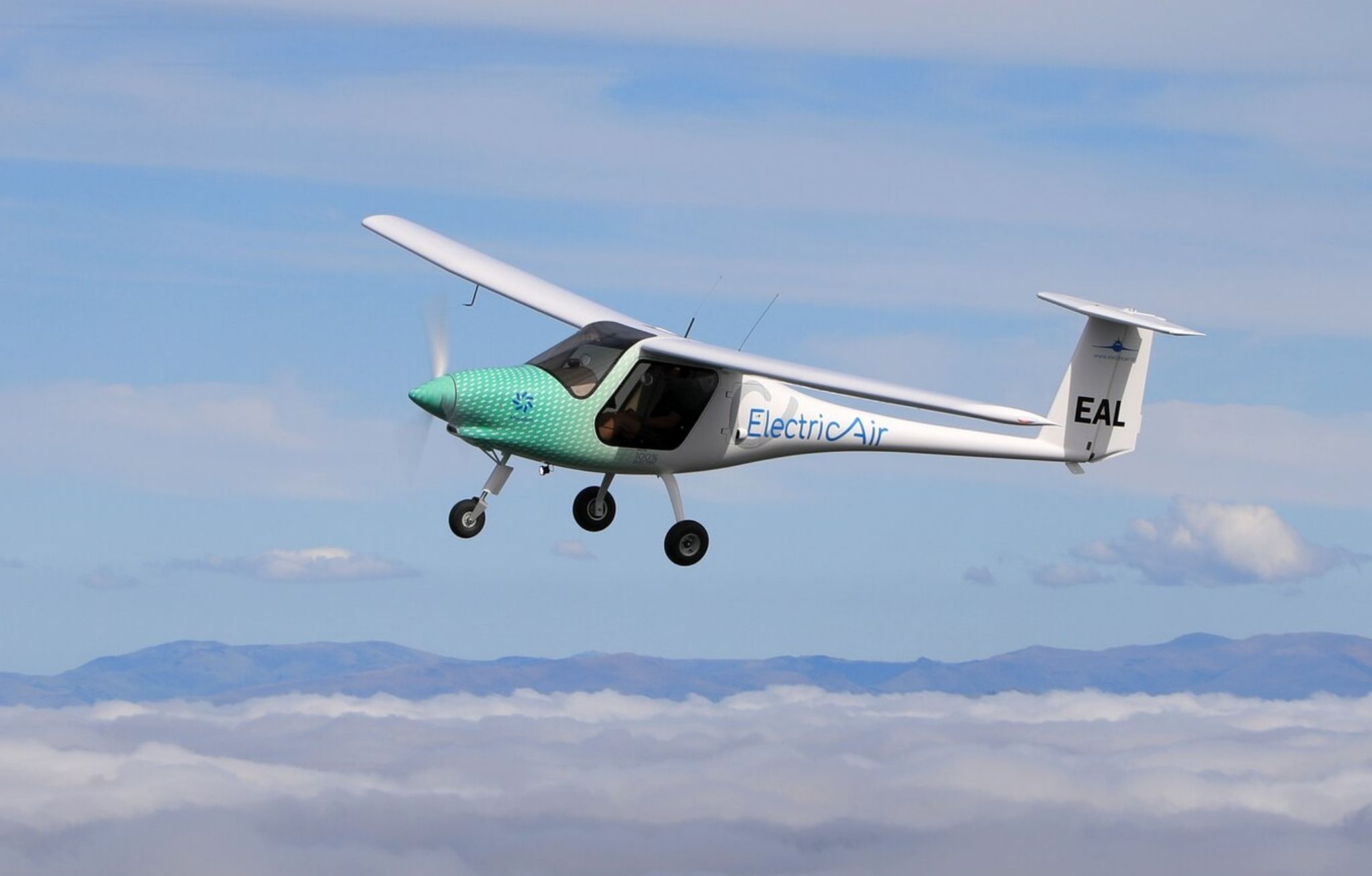
There are three types of electric vehicle.
Fuel cell electric vehicles (FCEVs) are powered by hydrogen. They are more efficient than internal combustion engines and produce no tailpipe emissions.
As competition between manufacturers grows and EV efficiency improves, the various models on offer are constantly growing within New Zealand.
A conventional Hybrid Electric Vehicle (HEV) uses a combination of conventional gas engine power and an electric motor. Most models can switch between a petrol engine and electric motor or combine both sources depending on the driving scenario.
For low speed, coasting or deceleration, HEVs mostly use their electric motor. When the engine isn’t needed, it shuts off altogether. This means hybrids are incredibly fuel-efficient as they only use the engine for accelerating, climbing hills, or when extra power is required.
EV technology is younger and more sophisticated than traditional fossil fuel-powered vehicles. So, while the upfront cost of an EV remains relatively high, you will soon pay off the cost difference between an EV and ICE, as EVS are significantly cheaper to run and maintain.
Learn more about the cost of an EV here.
You can charge your EV at home, at work or on the road. The public charging network is constantly expanding, with a public charger available every 75km on most of New Zealand’s state highway networks. You’re rarely too far from your next charge!
Absolutely. In fact, electric vehicles are arguably better suited to towing than internal combustion cars.
Find out more about towing with an EV.
Running out of petrol or electricity poses the same problem; your car will stop. In the case of a gas car, roadside assistance is generally of help. Similarly, an EV can be assisted by AA roadside.
Much like you can always tell how much gas is left in your car, EVs also have a battery gauge to tell you how many KMs of battery you have left.
Battery range depends on the type of EV, its barrier capacity, the types of roads you drive on, and your driving style.
However, a battery range of over 300km for most new EVs is within easy reach.
We recommend you use your odometer or google maps to record how far you drive in a typical day or week.
One of the most commonly asked questions about the safety of EVs is whether you can charge an EV in the rain. Because EVs are purposely engineered to withstand rain and water intrusion, you can charge your electric vehicle inside or out, rain, hail or shine, as long as all equipment was designed for usage in New Zealand and is installed correctly.
As with anything electric, there are always certain risks associated with fire safety. However, research firms have confirmed that compared to internal combustion engines, which have a 1.5% danger of igniting, electric vehicles only have a 0.03% chance.
EVs include battery management systems to maintain the correct operating temperature, and those systems control how fast batteries charge and discharge to keep you safe!
The short answer is yes, they can!
EVs are just as capable in water as their gas-powered counterparts. Electric vehicles are equipped with ingress protection systems, meaning that EVs can wade through about 3ft of water for 30 minutes without the risk of leakage into electronic components such as battery terminals. The protective systems will isolate the battery and high voltage components during the first detection of water ingress.
Many EV manufacturers have not yet designed their EVs to be able to resist the forces towing imposes, as it is not a priority in EV design presently.
But with that being said, if an EV has a towbar, you can assume that it has the full towing capabilities of its gas-powered counterparts.
Towing with some EV models can affect performance, range, and economy, as towing with an ICE uses more gas.
To find out which Evs are best at towing, check out this link: lhttps://gearjunkie.com/motors/best-electric-vehicles-towing
The cleaner the power, the cleaner the car. Solar-powered electricity at your home or workplace makes even more sense with a plug-in vehicle. Learn more here